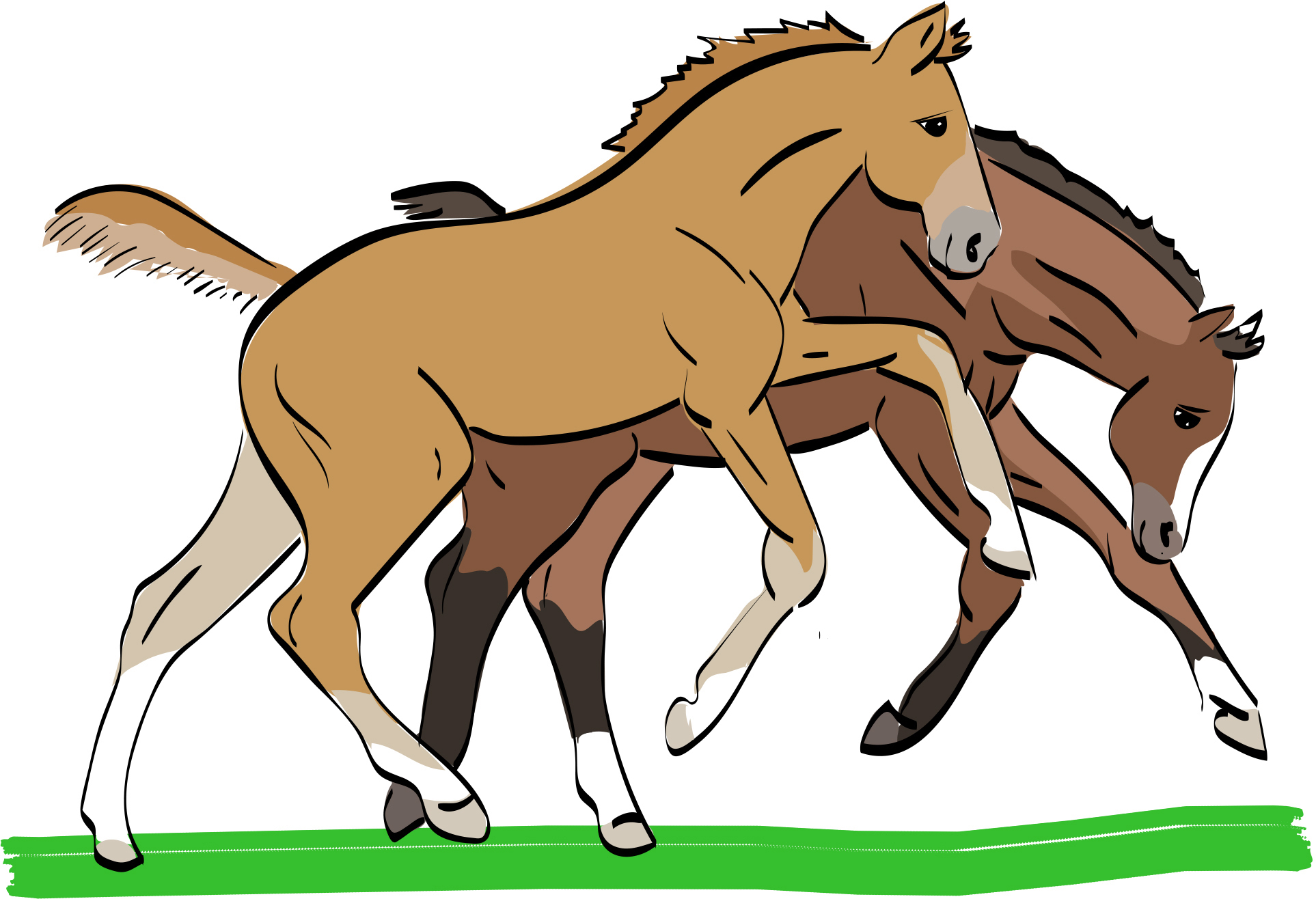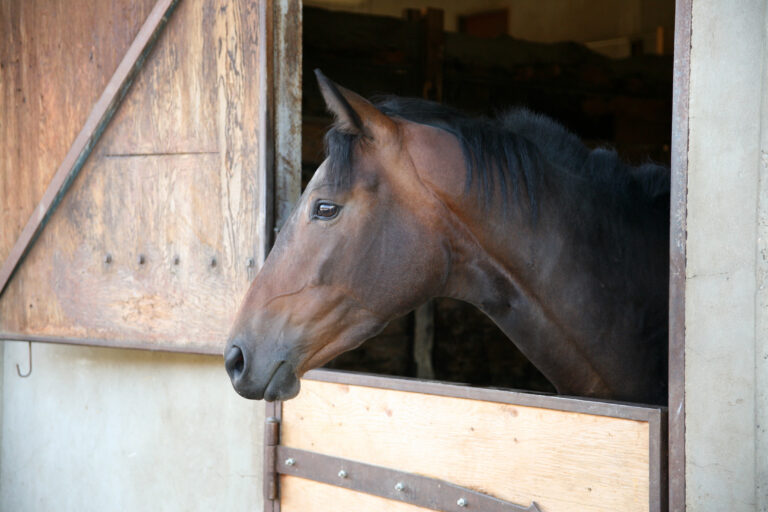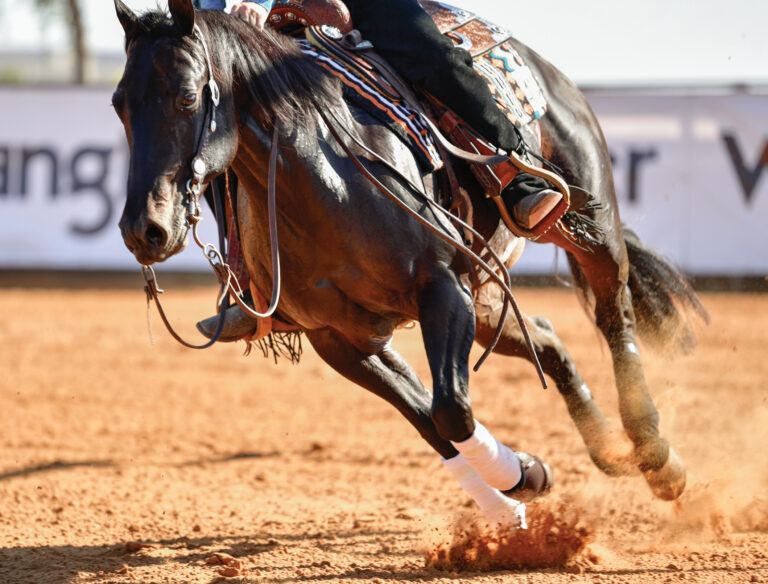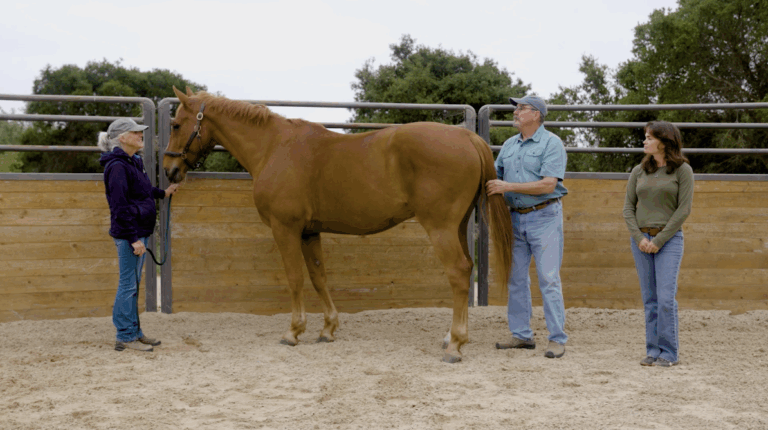
1. True or false: Your foal is born with antibodies already inside him to help ward off disease.
T / F
2. What is the ‘Madigan Squeeze’?
A) A surcingle to support the belly of overdue broodmares.
B) A play toy that teaches newborn foals to suckle.
C) A technique to help revive ‘dummy foals.’
3. The most recent thinking on when to wean a foal is
A) the earlier, the better.
B) at about 6 months of age.
C) at 1 year of age, as naturally in the wild.
4. The approximate cost to produce a foal and raise it to riding age is between
A) $5,000 and $10,000.
B) $10,000 and $15,000.
C) $15,000 and $20,000.
HOW’D YOU DO? (Answers below.)
1. F is correct. Your foal will get those important antibodies from his mother’s first milk, or colostrum. That’s why it’s critical your foal first suckle before he’s 6 hours old, while his digestive system is still able to absorb the colostrum. (Learn more about important foal milestones.)
2. C is correct. The Madigan Squeeze involves using a rope to gently compress a newborn foal in a way that mimics the pressures of the birth canal. This technique can revive foals that are unresponsive and lethargic after birth—so-called dummy foals. (Learn more about the Madigan Squeeze technique in this first-person story.)
3. B is correct. Though some breeders today may wean their foals as early as 4 months, the most recent thinking is that waiting until the foal is at least 6 months old may offer advantages to long-term health and wellbeing. In particular, research has shown that early-weaned foals are at greater risk of developing, later in their lives, stereotypic behaviors such as cribbing/wind-sucking, weaving, and stall-walking. (Learn more about low-stress weaning methods.)
4. B is correct. Estimates are that it costs between $10,000 and $15,000 to produce and raise a foal to the point where it’s ready to ride. You may have to spend an additional $5,000 to determine if your prospect is the type of athlete you’re after. So if what you really want is a good trail horse or all-around pleasure riding mount, it will be much less expensive to buy a mature, already trained one. (Nowadays, adoption is also a readily available option.) (Click here for more advice on whether or not to breed your own foal.)
Hey! Not already receiving H&R’s fun and informative newsletter? Sign up right here for The Ride.


![[Aggregator] Downloaded image for imported item #35942](https://s3.amazonaws.com/wp-s3-horseandrider.com/wp-content/uploads/2025/10/20105738/EDCC-Unbranded-14-300x200-1.jpeg)

